Le Chili devient aujourd’hui le premier pays latino-américain à ratifier officiellement le traité historique sur la Haute Mer au siège des Nations Unies, rejoignant ainsi les Palaos en tête de la course à la ratification (1). Le 4 mars 2023, en adoptant un nouveau Traité international visant à protéger la vie marine dans les zones ne relevant pas de la juridiction nationale, les pays réunis aux Nations Unies ont franchi une étape importante pour l’océan et les efforts destinés à enrayer le déclin de la biodiversité mondiale.
La Haute Mer — c’est-à-dire la partie de l’océan située au-delà des frontières maritimes des États — couvre presque deux tiers (64 %) de l’océan mondial, soit près de la moitié de la surface totale de la planète. Elle abrite la biodiversité la plus riche au monde et participe de façon essentielle à la régulation de notre climat en absorbant environ 30 % du CO2 produit par l’humanité chaque année. Cette vaste zone de l’océan soutient des écosystèmes qui figurent à la fois parmi les plus importants et les plus gravement menacés sur Terre. Or les carences de sa gouvernance l’ont rendue de plus en plus vulnérable à la surexploitation. À l’heure actuelle, seul 1,5 % de la Haute Mer est protégé.
Après deux décennies de discussions, dont cinq années de négociations, l’Accord d’application de la Convention des Nations unies sur le droit de la mer (CNUDM) sur la conservation et l’utilisation durable de la biodiversité marine des zones ne relevant pas de la juridiction nationale (BBNJ, de l’anglais Biodiversity Beyond National Jurisdiction) – ou Traité sur la Haute Mer – est le premier cadre international cohérent et juridiquement contraignant au monde qui vise à protéger spécifiquement la biodiversité en Haute Mer.
- LIRE DANS UP’ : Que penser du Traité pour protéger la Haute Mer adopté à l’ONU ?
Souvent qualifiée de région sauvage sans loi, la Haute Mer n’a pas fait l’objet d’une gestion suffisante de la part des divers organismes de réglementation aux mandats variables et à l’efficacité limitée. Le manque de coordination, la couverture fragmentée et l’absence de règles claires sur la manière de protéger de manière efficace ce bien commun mondial l’a rendue vulnérable à la surexploitation et à la pollution que sont venus aggraver les effets du changement climatique. Alors que la CNUDM imposait aux nations l’obligation générale de protéger le milieu marin, ses dispositions et leur mise en œuvre présentaient des lacunes importantes. Cette situation est désormais différente.
Le Traité sur la Haute Mer cherche en effet à combler ces lacunes en fournissant un cadre plus cohérent et global pour la protection de l’océan et le partage équitable des bénéfices résultant des ressources génétiques marines.
Le texte du Traité a été officiellement adopté le 19 juin 2023 par les États participant aux négociations aux Nations Unies. Les pays devront maintenant le signer, puis le ratifier – dans la plupart des cas après avoir pris les mesures nécessaires dans le cadre de leurs procédures juridiques respectives.
Le soixantième pays qui ratifiera le Traité déclenchera un compte à rebours de cent vingt jours, à l’issue duquel l’Accord mondial entrera en vigueur et le Traité deviendra une loi internationale.
En entrant en vigueur, il deviendra le premier instrument international au monde à imposer la conservation et la gestion de la biodiversité se trouvant dans les zones situées au-delà des juridictions nationales (BBNJ). Cela permettra d’établir des aires marines protégées en Haute Mer et de réglementer les activités potentiellement destructrices au moyen d’évaluations complètes de leur impact sur l’environnement. Le Chili et la Belgique ont tous deux posé leur candidature à l’accueil du Secrétariat BBNJ dès l’entrée en vigueur du traité.
Depuis que l’Assemblée générale de l’ONU a ouvert le traité sur la Haute Mer à la signature en septembre 2023, 87 États membres de l’ONU l’ont signé, manifestant ainsi leur intention de le ratifier (2). La High Seas Alliance et ses membres collaborent avec les États pour obtenir les 60 ratifications nécessaires à l’entrée en vigueur du traité avant la Conférence de l’ONU sur l’océan qui se tiendra à Nice en 2025.
Il est crucial que le traité sur la Haute Mer puisse porter ses fruits dans l’eau si nous voulons atteindre les objectifs internationaux permettant de lutter contre les crises du climat et de la biodiversité, et notamment la protection de 30 % des terres et mers de notre planète d’ici 2030 telle que fixée par le Sommet mondial de l’ONU sur la biodiversité en décembre 2022.
Pour Rebecca Hubbard, directrice de la High Seas Alliance, « Le Chili et les Palaos impriment le rythme de la course à la ratification de cet accord international majeur. Leur exemple est essentiel pour transformer la conservation de l’océan, et nous les remercions d’avoir ouvert la voie. Mais le temps ne joue pas en notre faveur. Il est impératif que 58 autres pays ratifient au plus vite le traité pour le faire entrer dans le droit international et lui permettre de freiner le déclin brutal de la santé de l’océan. À ce moment-là, nous pourrons enfin assurer une protection adéquate de la Haute Mer, qui est actuellement la région la moins protégée de notre planète. En unissant nos efforts, nous assurerons la bonne santé de notre océan mondial commun et sa capacité à soutenir les générations futures ».
Selon Mariamalia Rodríguez, coordinatrice de la High Seas Alliance pour l’Amérique latine, « Le Chili a joué un rôle de premier plan tout au long des négociations du traité sur la Haute Mer menées par l’ONU. Aujourd’hui encore, il affirme ses ambitions pour l’océan et son engagement à protéger la Haute Mer en devenant le premier pays latino-américain à ratifier le traité. Une grande partie des activités économiques de notre région, comme la pêche ou le tourisme, dépendent d’habitats de Haute Mer en bonne santé, et l’Amérique latine tire avantage de nombreux autres services écosystémiques. En raison de cette dépendance, nous nous attendons à ce que d’autres pays de la région et du monde entier suivent rapidement l’exemple du Chili et ratifient le traité sur la Haute Mer ».
(1) Suivre les avancées des pays quant au traité sur la Haute Mer et la course à la ratification #RaceForRatification en vous rendant sur www.highseasalliance.org/treaty-ratification. L’Organisation des Nations Unies compte 193 États membres.
(2) La signature n’établit pas le consentement d’un État signataire à être lié par le traité, mais elle marque sa volonté de soutenir la procédure de conclusion du traité et d’en assurer la ratification. La signature crée également l’obligation de s’abstenir, de bonne foi, d’agir de façon contraire à l’objet et au but du traité. Après avoir signé le traité, les pays peuvent le ratifier à tout moment. Le texte du traité précise que l’accord est ouvert à la signature de tous les États du 20 septembre 2023 au 20 septembre 2025 au siège des Nations Unies à New York. À l’issue de cette période, les États peuvent adhérer à l’accord. L’adhésion fait référence à l’acte par lequel un État exprime son consentement à être lié par un accord. Elle peut se produire après l’entrée en vigueur d’un traité.
La ratification implique pour un pays de consentir formellement au nouvel instrument juridique international. Cela consiste souvent à s’assurer que le droit national est compatible avec cet instrument. La procédure de ratification et sa rapidité varient d’un État à l’autre. Dans certains pays, l’acte de ratification consiste en un simple décret du ou de la chef d’État. Pour d’autres, l’approbation du parlement est requise.
Photo d’en-tête : ©Credit NOAA – Baleine à bosse pêchant le krill

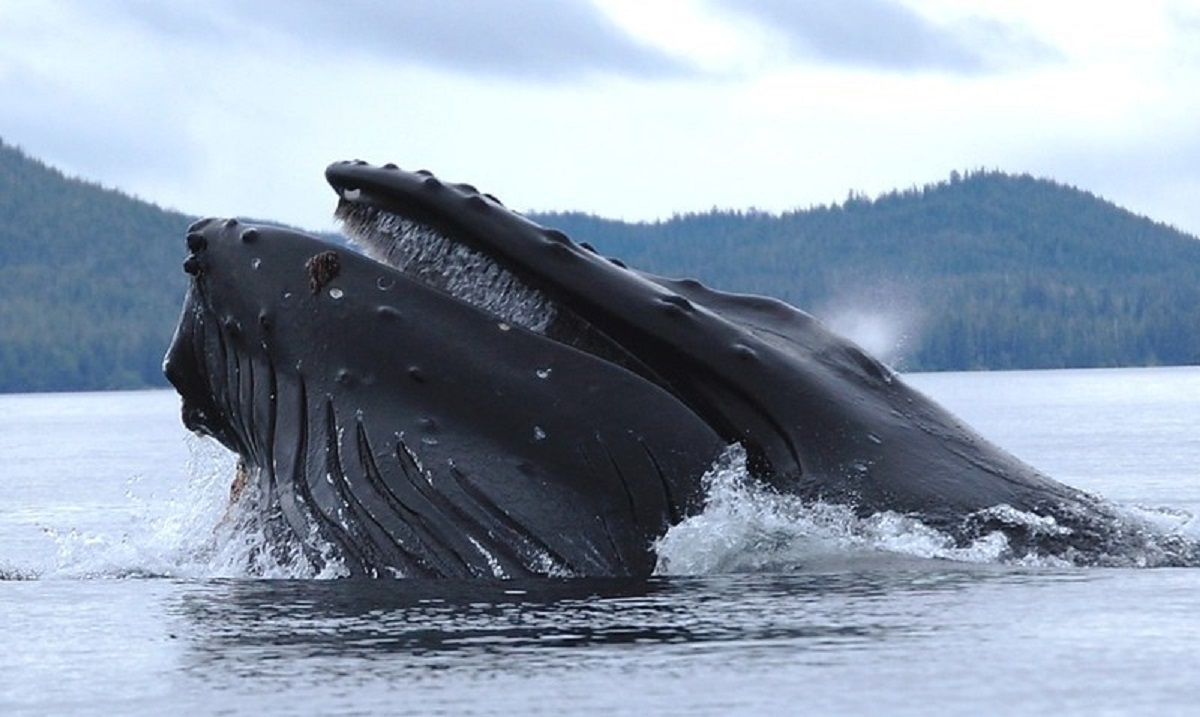
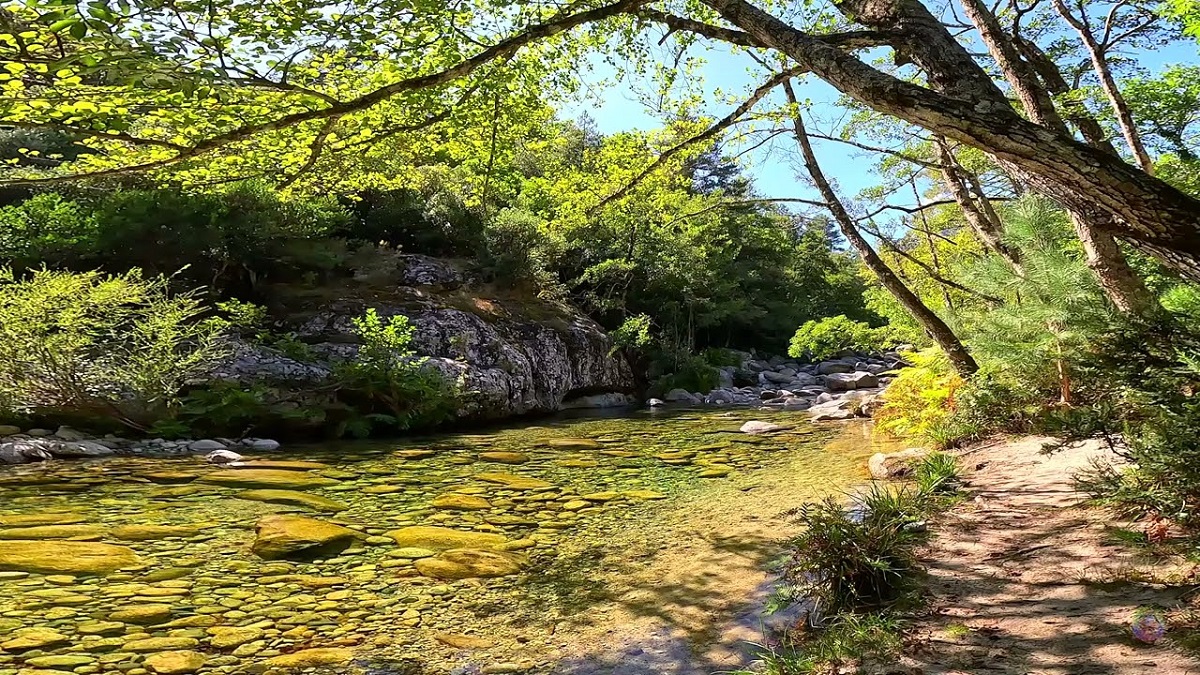
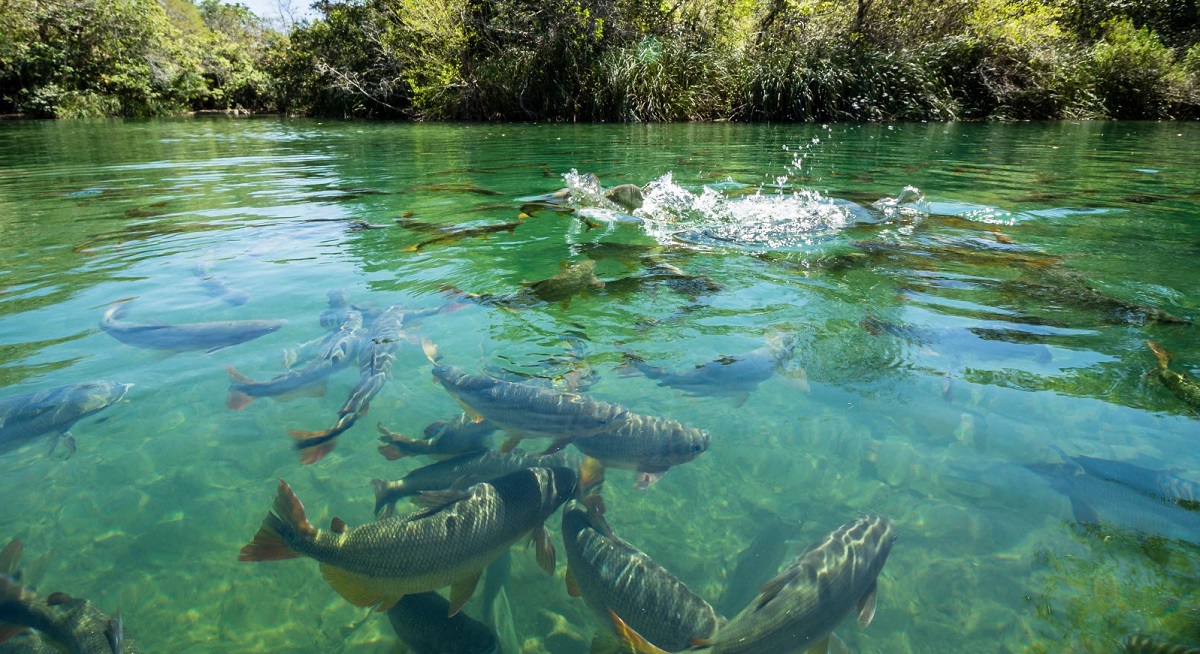



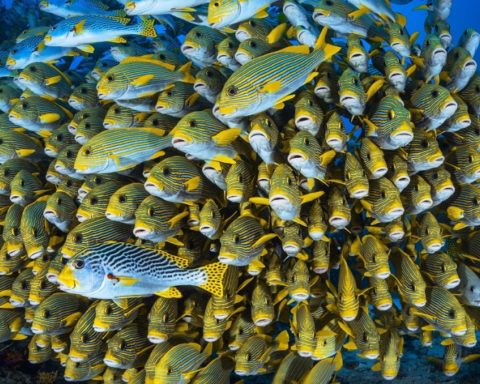
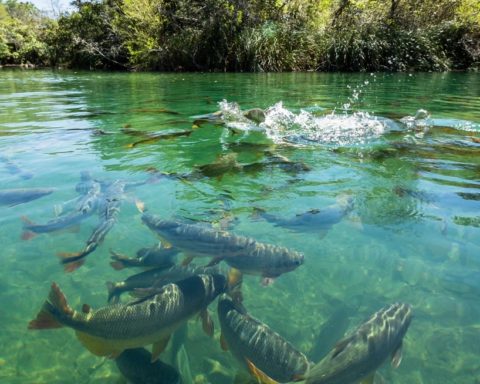




Pour préparer conférences et Colloques et Sommets : « La mer, c’est grand comme ça. Les enfants nagent tranquilles dans le silence. Les bébés sont endormis, ils font des rêves. J’ai rêvé des baleines , elles chantaient. J’ai rêvé de la Planète bleue. » de la part d’élèves de3 ans, en chemin vers une Terre- Mèr(e) . Depuis ecoleducerisier.wordpress.com, page Récits et école du cerisier, youtube, « les apprenti.e.s » et « les enfants de Gaïa »